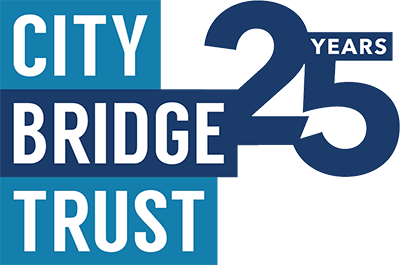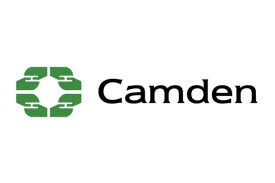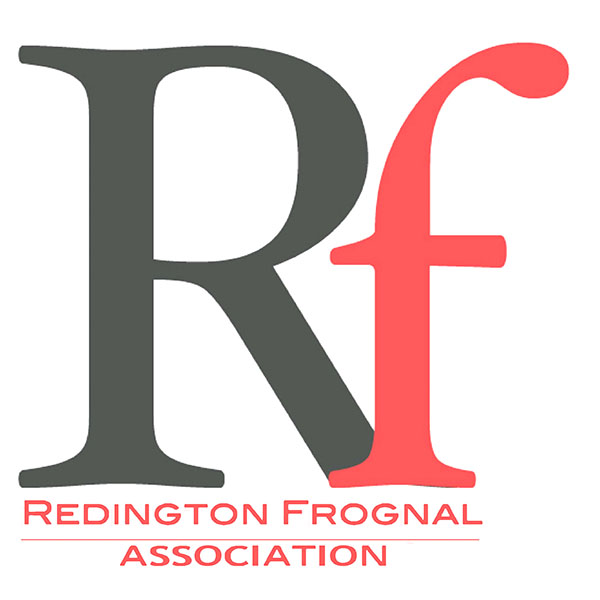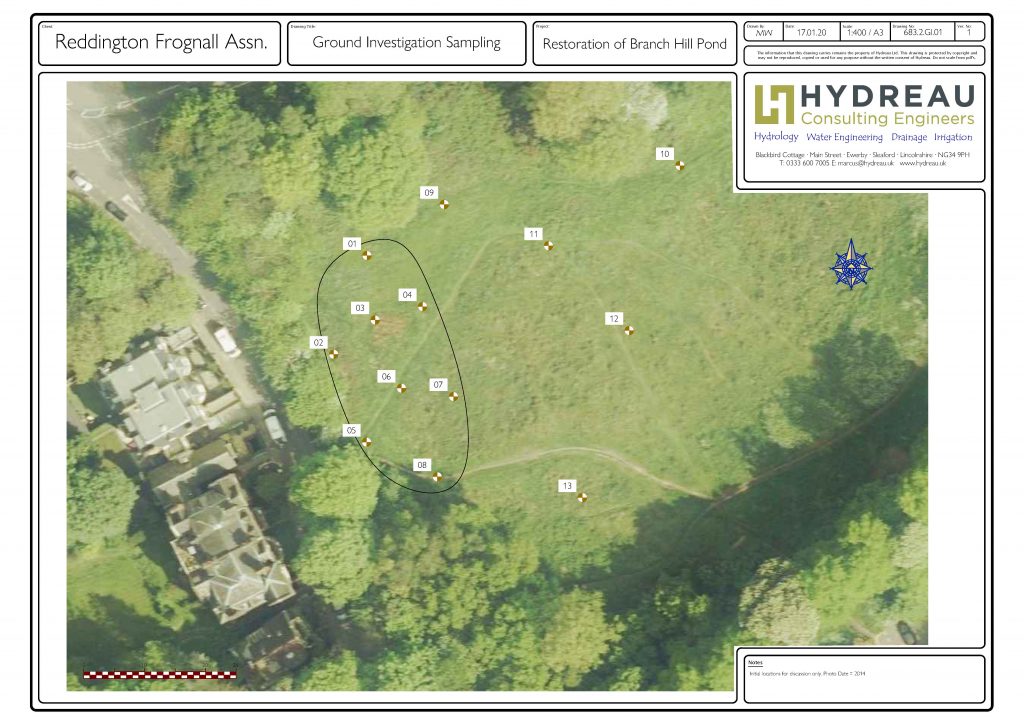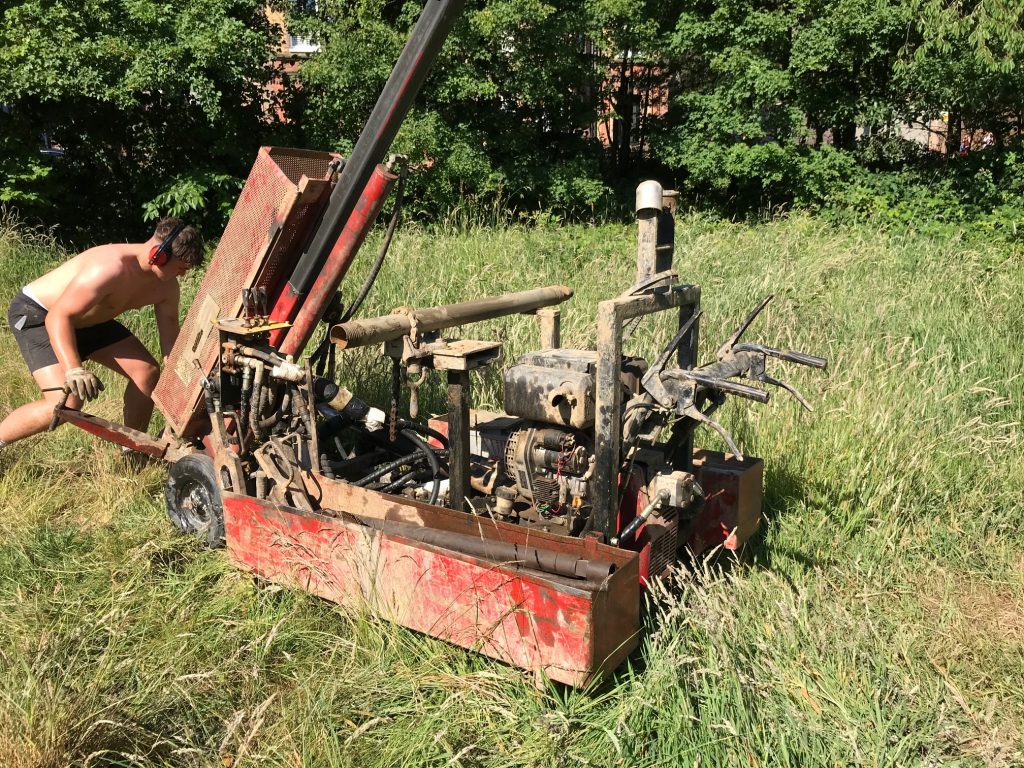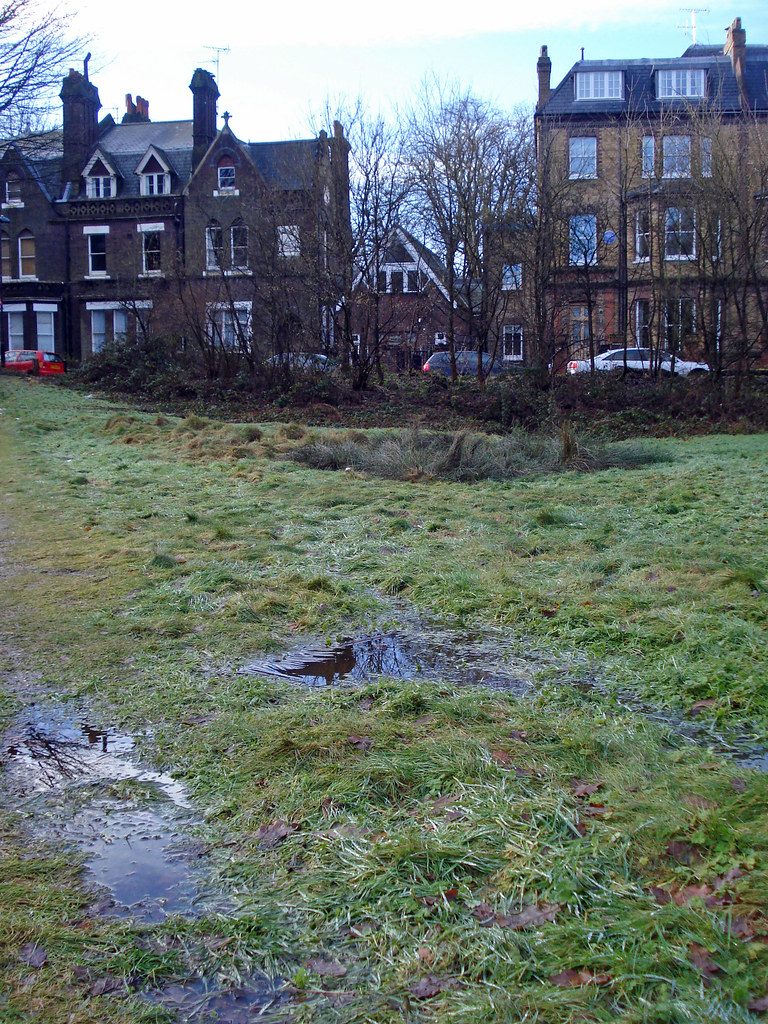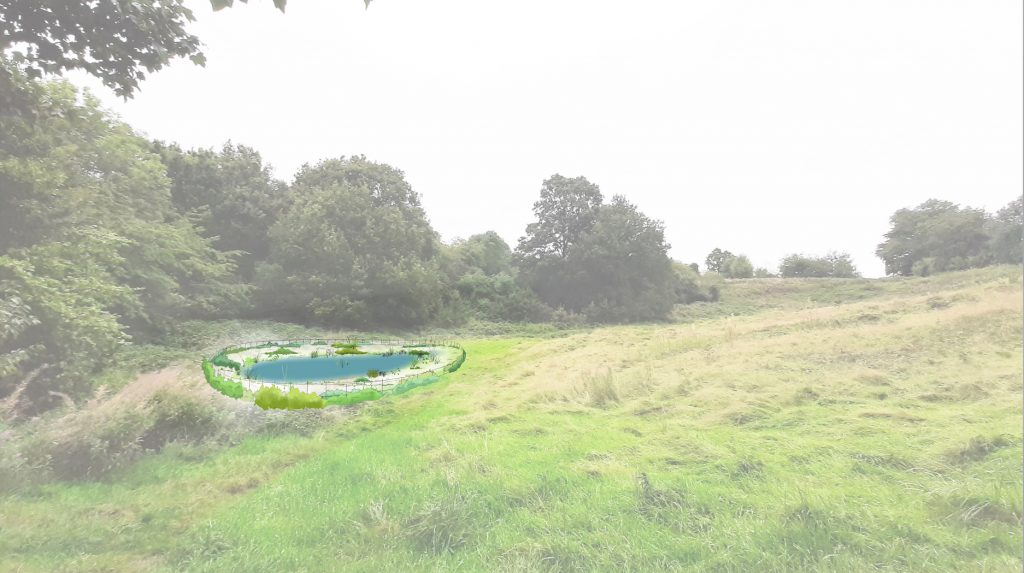Redington Frognal Hydrogeology
Springs in the Redington Frognal area
The Redington Frognal area is situated at the junction of Bagshot sand and London clay and is characterised by unique hydrogeology. It is naturally very wet, with many underground streams, due to groundwater that has reached the surface and with many springs producing much underground water. Springs in the Redington Frognal area arise down to 90m contour, or most of the area.
The abundance of water is confirmed by the 1866 OS map of the area, which shows many pumps (P) and wells (W) and A Dictionary of London Place-Names by AD Mills, which records,
“ffrognal 1372, Frogenhall 1542, Frognall 1795, that is ‘nook of land frequented by frogs”.
This is consistent with the many ponds which formerly characterised the area.
Other evidence of the historically wet area includes:
- the former pond at Branch Hill;
- the covered Kidderpore Reservoir was constructed in 1867 to store treated water extracted from the Thames at Hampton, and pumped by steam engine to high ground on Hampstead Heath for gravity distribution to nearby homes;
- Blacket’s Well, near Platt’s Lane on Child’s Hill, which formed an early border marker;
- other numerous wells, springs and buried streams in basements and gardens;
- present or past poplar and willow trees (often growing in wet riparian soils);
- various books on the lost rivers of London (Nicholas Barton, Paul Talling, Tom Bolton and Stephen Myers).
Background to the Reinstatement of Branch Hill Pond
Historic Watercourses in the Redington Frognal Area
Meetings were held in April and May 2015 with the late Dr. Stephen Myers, water engineer and author of Walking on Water (2011), which focusses on the undiscovered headwaters of London rivers, especially those around Hampstead Heath.
Following these meetings, the Neighbourhood Forum began to consider a project to map unidentified underground rivers, to form part of the evidence base for a Neighbourhood Plan policy on underground development.
Having already prepared the Camden’s Geological, Hydrogeological and Hydrological Study of November 2010, Arup was commissioned to research the hydrogeology of the Redington Frognal area. The RedFrog Sub-Surface Water Features Mapping Report was completed in April 2016.
Sub Surface Water Features in the Redington Frognal Area
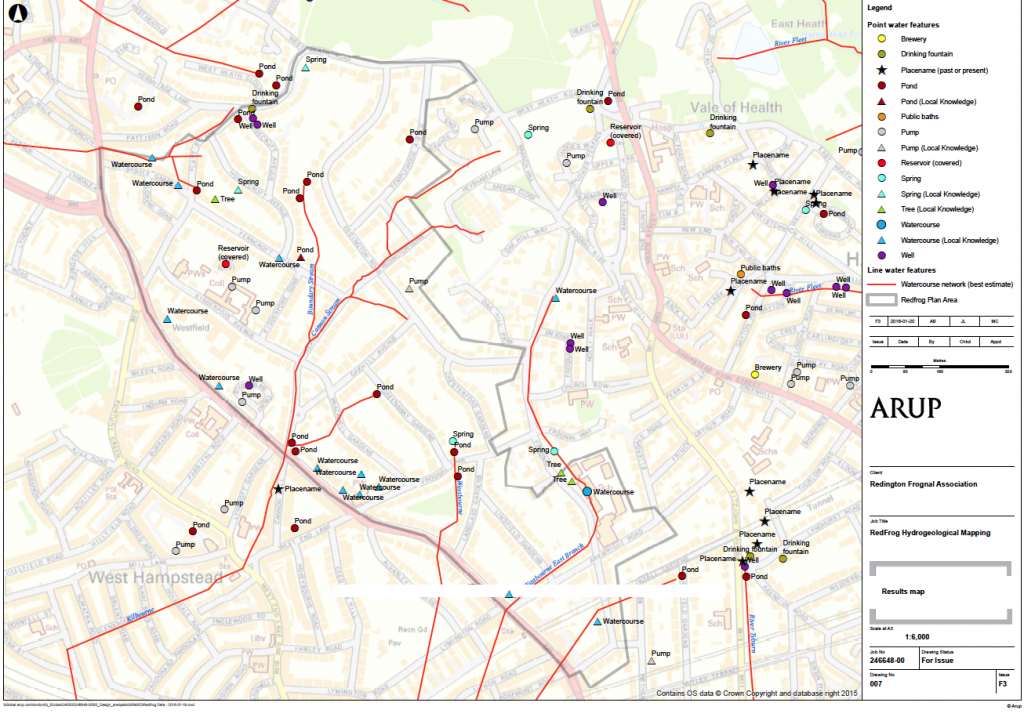 Source: Arup / RedFrog https://www.redfrogforum.org/underground-rivers/
Source: Arup / RedFrog https://www.redfrogforum.org/underground-rivers/
The Arup map of RedFrog underground rivers indicates the presence of many historic rivers, such as the Westbourne, East Westbourne, Cannon, Boundary Stream, unnamed rivers, springs, wells and ponds. As many as five water courses can be found within a space of 800 yards. The presence of underground rivers or other bodies of water is often indicated by soggy ground, poplar and willow trees.
The many underground streams became London’s sewage system, long before any sewage network was conceived. Redington Frognal sewers are generally combined sewers, receiving both rainwater and wastewater. The streams have therefore become degraded, devalued, and discarded – interred in underground culverts, out of sight, out of mind.
However, one clean stretch of the underground Westbourne is known to remain: clean water runs between Branch Hill and Redington Gardens, where the stream can be heard.
Ponds in the Redington Frognal Area
The Arup map also records that at least 20 ponds had formerly existed in the area. These have since been covered over and, as elsewhere in the country, this has contributed to the catastrophic decline in biodiversity:
https://www.wildlifetrusts.org/habitats/freshwater/ponds
With this in mind, Redington Frognal Association applied for grant funding from both the Mayor London’s Greener City Fund and from the City Bridge Trust Enjoying Green Spaces Fund, with the aim of reinstating Branch Hill Pond. The applications were supported by Cllr. Spinella, Heath and Hampstead Society and Hampstead Neighbourhood Forum.
Award of Grant Funding to Redington Frognal Association
Both applications were successful and, in 2018, Redington Frognal Association was awarded grant awards totalling £25,000.
Redington Frognal Association has been working together with the Superintendent of Hampstead Heath, and the funding has been spent on exploratory hydrological scoping work and design. This has been undertaken under the direction of the City of London’s team of Ecologists. Scoping work included the excavation of boreholes to analyse soil samples at thirteen different sites. The soil samples yielded were then laboratory tested for geotechnical and geo-environmental properties.
Area of Former Pond
Ground investigation and soil sampling at Branch Hill
Window sampling rig, 25 June 2020
Wet ground at Branch Hill
Excavation and reinstatement of the former pond will attenuate the water that flows into the culvert beneath Branch Hill, thereby reducing any risk of surface water flooding.
The reinstated pond will be a natural wildlife pond, which is expected to attract frogs and dragonflies. The pond will be fenced, inaccessible and unobtrusive. It will be important not to introduce fish, so as not to upset the delicate ecological balance.
The pond will provide a significant benefit for biodiversity and will look much like the No. 1 Pond in the Seven Sisters chain on the Heath Extension.
Design for Reinstated Pond at Branch Hill
The pond has received planning consent from Camden (2021/4816/P) and work is expected to commence in February, with completion of planting and fencing by autumn 2022.
Branch Hill Pond and the Constable Connection
Branch Hill Pond was painted by John Constable, on many occasions, while he was living nearby from 1819 to 1822. His paintings of Branch Hill Pond are included in the Late Constable exhibition at the Royal Academy of Arts, from 30 October 2021 until 13 February 2022:
https://www.royalacademy.org.uk/exhibition/late-constable

